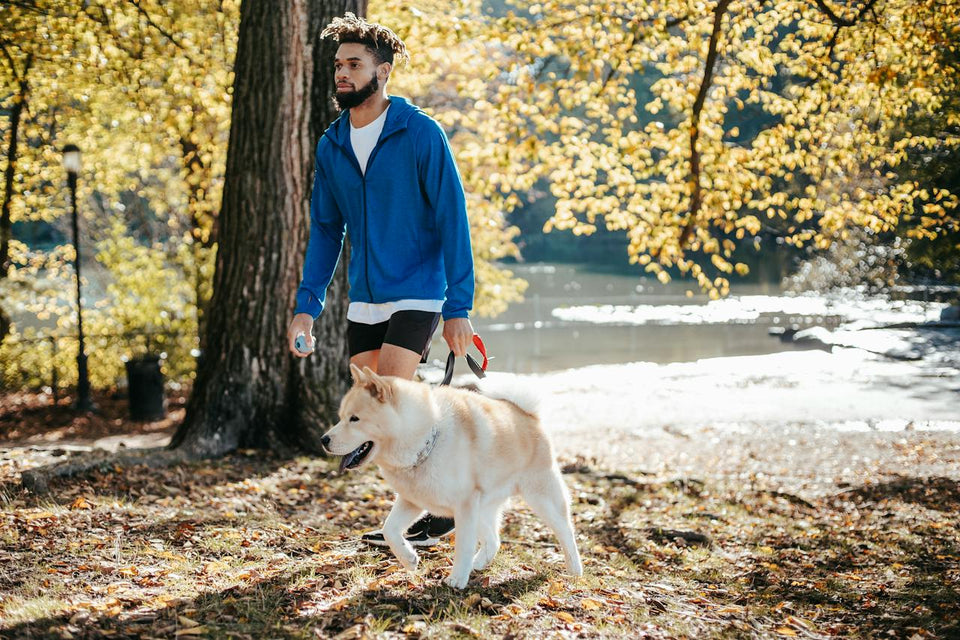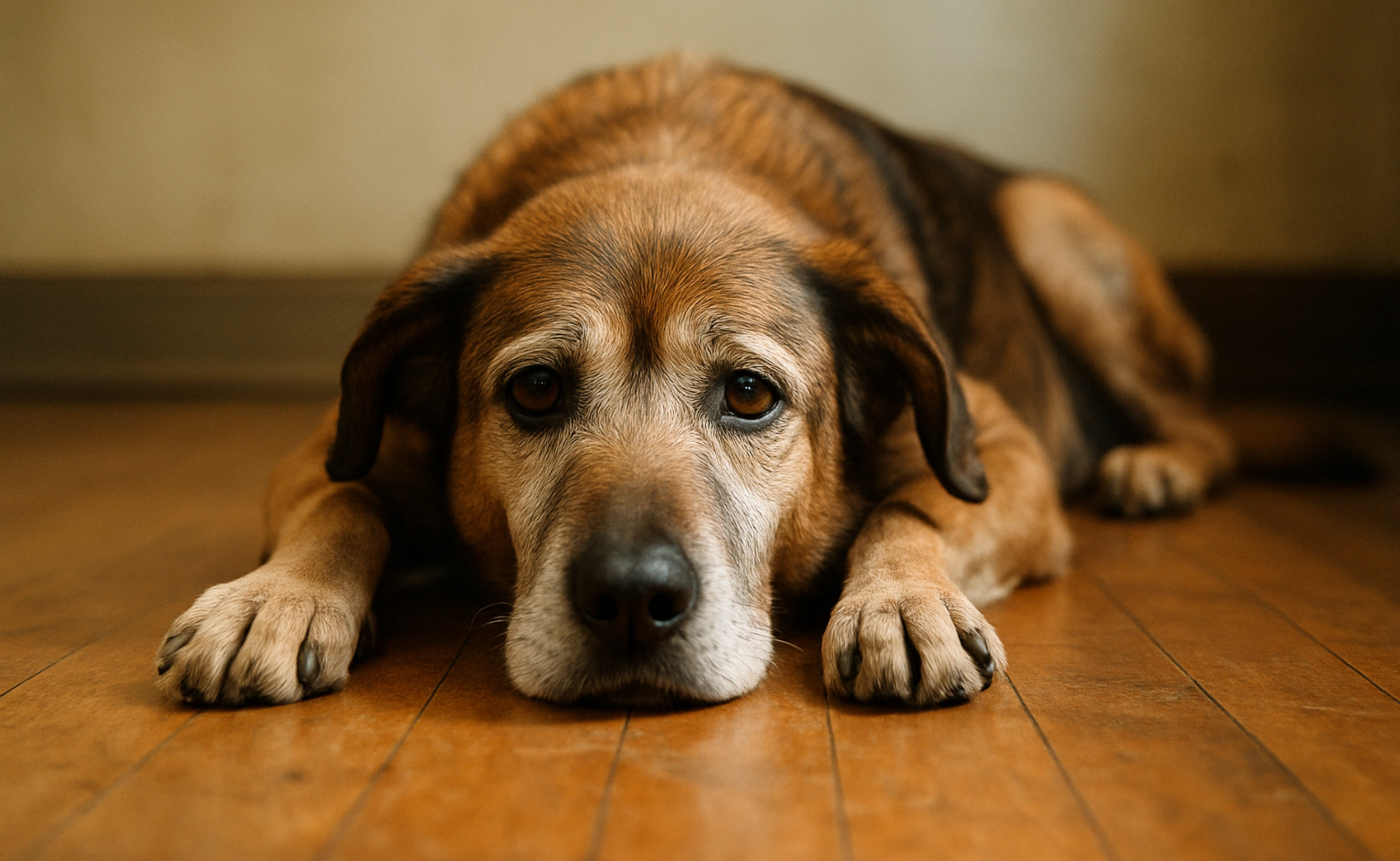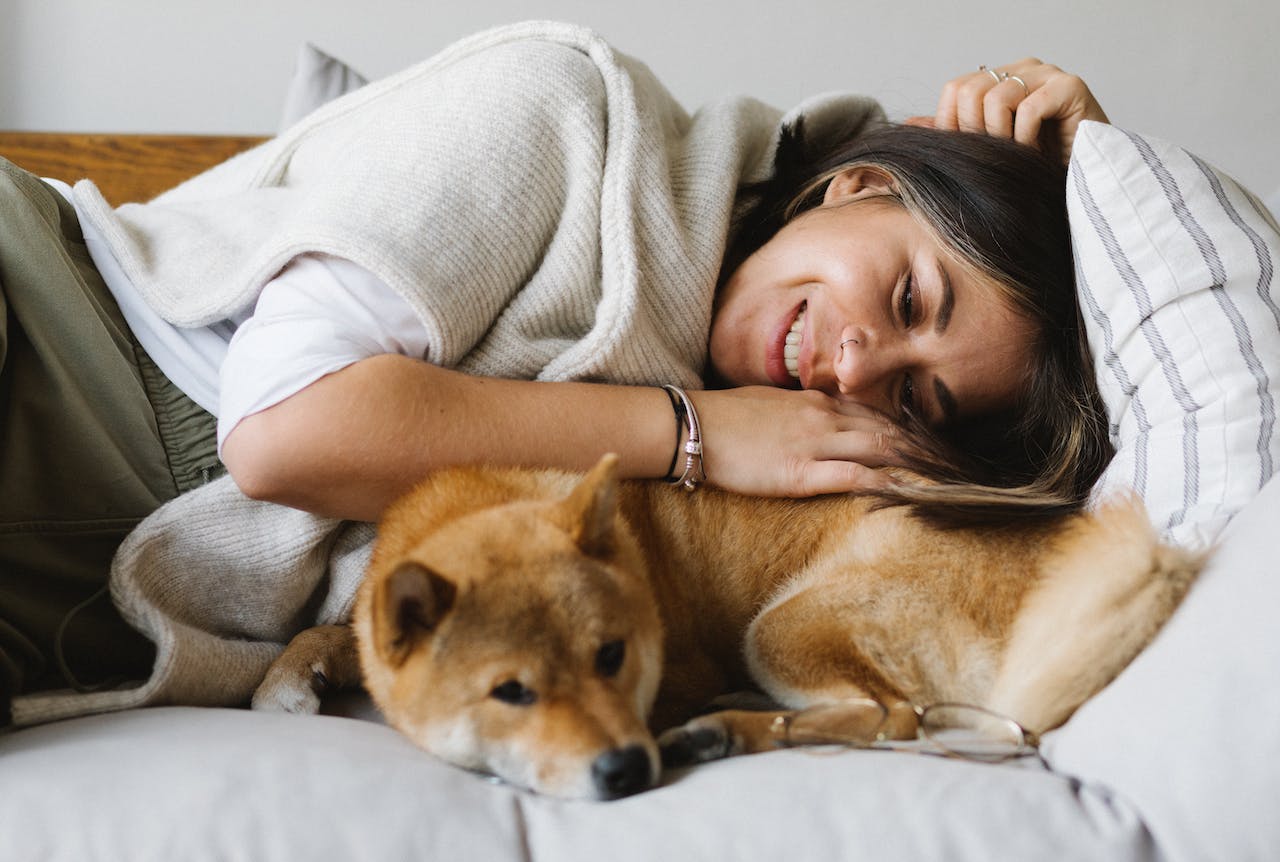
Should I Feed or Walk My Dog First in the Morning?

You wake up to the eager eyes of your furry companion, and the question arises: should you reach for the leash or the dog bowl first? This seemingly simple choice can significantly impact your dog's health, mood, and your day ahead. Each dog reacts differently to morning routines, influenced by factors like breed, age, and energy levels. As you sip your morning coffee, pondering this daily decision, consider the nuances that make your dog unique. Keep reading to unravel the mystery of the perfect morning routine for your four-legged friend.
Benefits of Walking Your Dog First
Walking your dog first thing in the morning comes with several advantages. It's a great way to help them burn off pent-up energy. Just like humans, dogs accumulate energy during sleep, and a morning walk can be the perfect outlet for this. It's also the ideal time for bathroom breaks, reducing the likelihood of accidents at home.
Additionally, a morning walk can stimulate your dog's appetite. Exercise has a way of kick-starting the digestive system, making breakfast more appealing, especially for dogs that might be sluggish eaters in the morning. This can be particularly beneficial for dogs that are picky or irregular with their food habits.
Another key benefit is the avoidance of risks associated with exercising on a full stomach. Activities like running or playing after eating can lead to discomfort or even health issues in dogs. It's generally safer to exercise them when their stomach is empty.
Finally, dogs that start their day with physical activity often enjoy a more relaxed demeanor throughout the day. They've had their fill of stimulation and exercise, which tends to make them calmer. Experts recommend waiting at least 30 minutes after walking to feed your dog, ensuring they've had time to cool down and their body is ready for food.
You may also like: Why Does My Dog Walk in Circles? Top 3 Reasons
Risks of Walking Your Dog Before Eating
However, walking your dog before they eat isn't without its risks. One potential issue is low energy and lethargy. Some dogs might not have the necessary energy reserves for a vigorous walk first thing in the morning, particularly if they haven't eaten since the previous day.
In extreme cases, especially in smaller or more sensitive breeds, dogs may feel light-headed or faint if they exert themselves too much on an empty stomach. This is more likely if the walk is particularly long or strenuous.
Additionally, certain breeds or dogs with specific health conditions might not respond well to early morning exercise. They could experience discomfort or other issues that could impact their health. This approach can also lead to weight gain in certain conditions where the dog compensates for the expended energy by overeating later.
It's also essential to monitor your dog's mood and energy levels. A dog that is unenthusiastic or sluggish about morning walks might be indicating that they prefer to eat first. Each dog has its unique preferences and needs, which should guide your morning routine.
Benefits of Feeding Your Dog First

Conversely, feeding your dog before their morning walk has its advantages. For one, it provides energy for the walk, particularly important for active breeds or those embarking on long walks. A meal can fuel them up, ensuring they have enough stamina for their exercise.
Feeding first can also aid in better digestion and circulation. After a meal, a gentle walk can help facilitate the digestive process. This can be particularly beneficial for dogs with digestive issues.
For dogs that maintain a healthy weight, a meal before a walk can help with weight control, as it regulates their metabolism and energy use throughout the day. It's important to note, however, that a waiting period of 1-2 hours after eating is recommended before engaging in physical activity. This helps prevent discomfort and health issues like bloat, a serious condition that can occur if dogs exercise too soon after eating.
Some dogs, especially those with a hearty appetite in the morning, may prefer to eat first. They might wake up hungry after a long night and be more inclined to start their day with a meal. This can be particularly true for younger dogs or those with high metabolic rates.
You may also like: How to Safeguard Your Dog's Paws from Hot Summer Surfaces
Risks of Feeding Your Dog Before Walking
When it comes to feeding your dog before their morning walk, there are several considerations to keep in mind. A notable risk is Gastric Dilatation-Volvulus (GDV) or bloat, a serious condition that can be life-threatening. This condition is more likely to occur if dogs engage in vigorous physical activity immediately after eating. GDV involves the expansion and twisting of the stomach, which can be distressing and dangerous for your dog.
Additionally, feeding before walking can lead to digestive problems and discomfort. Dogs that eat and then engage in exercise might experience stomach pains or other digestive issues. The risk is heightened for large breed or deep-chested dogs, such as Great Danes, St. Bernards, and Weimaraners, which are more prone to bloat.
For these reasons, it's advisable to have a waiting period before physical activity. This allows your dog's food to start digesting, reducing the risk of GDV or other complications. As a rule of thumb, a gentle, leisurely walk is usually safe, but vigorous exercise should be avoided immediately after eating. This precaution helps ensure your dog’s well-being during their morning routine.
Considering Your Dog's Individual Needs
Each dog is unique, and what works for one may not work for another. When establishing a morning routine, consider your dog’s breed, age, health, and temperament. As mentioned, larger breeds with deep chests are more susceptible to GDV, necessitating careful timing of meals and exercise.
Older dogs may have different needs compared to their younger counterparts. Their energy levels, metabolism, and digestive system might require a more tailored approach to feeding and walking schedules.
Furthermore, dogs with behavioral issues might react differently to morning routines. A dog that's anxious or stressed may have a different response to eating or exercising first thing in the morning. Paying attention to your dog’s behavior and reactions is key.
For personalized advice that suits your dog's specific needs, a consultation with a vet is recommended. Veterinarians can offer guidance based on your dog's health history and lifestyle, ensuring their morning routine supports their overall well-being.
Creating a Consistent Morning Routine

A consistent morning routine plays a crucial role in your dog's daily life. It provides a sense of security and helps regulate their body rhythms. Adapting this routine to fit both your and your dog’s lifestyle is essential. Consider your dog's usual wake-up time, energy levels, and habits when scheduling their meals and walks.
The type of food and feeding frequency also plays a significant role. Some dogs may require more frequent, smaller meals, while others do well with larger meals less often. Balancing these factors with the timing of their exercise can significantly impact their health and happiness.
Striking a balance between exercise and nutrition is key. For active dogs, a hearty meal might be necessary to fuel their morning activities. Conversely, for more sedentary dogs or those prone to weight gain, a lighter meal or a walk before breakfast might be more appropriate.
When considering the best approach for your dog, resources like Paw.com can be invaluable. They offer comfortable orthopedic dog beds with quality grooming supplies to ensure your dog feels fresh and well-rested in the morning.
Don’t get us started about the wealth of information on dog care, including tips on nutrition, exercise, and overall wellness. Utilizing such resources can help you make informed decisions about your dog’s morning routine, ensuring they start their day on the right paw.
Finding the Right Balance for Your Dog
In the quest to determine whether to feed or walk your dog first in the morning, remember, there's no one-size-fits-all answer. Each dog is a unique individual, with their own set of preferences and needs. The key lies in closely monitoring your dog's reaction to the routine you choose. Are they more energetic and happier when they walk first or after they've had their breakfast?
Observing these subtle cues from your canine companion is crucial. It's worth experimenting with both methods to discover what aligns best with your dog's natural rhythm and health requirements. Be open to making ongoing observations and adjustments as necessary. Above all, a balanced approach is vital in maintaining your dog's well-being. By paying attention to their responses and adapting accordingly, you can ensure a morning routine that contributes positively to their overall health and happiness.
Share this article
written by


